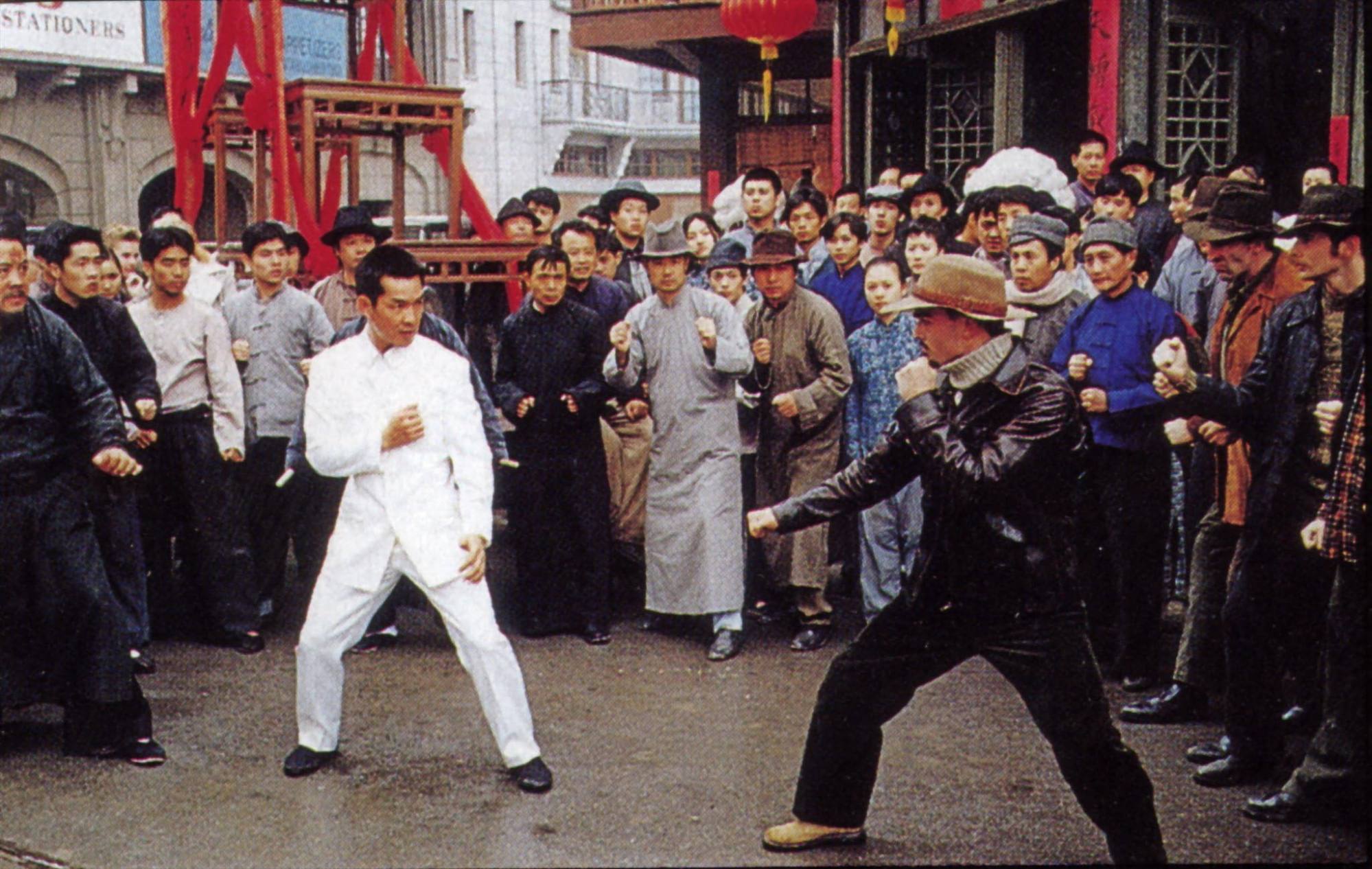“The most eagerly awaited Cantonese summer blockbuster lives up to most of the hype,” wrote Post critic Paul Fonoroff in 1999. “A Man Called Hero is a comic book brought to life, its melodramatic story embellished with visual and special effects.”
But the story let it down, he wrote: “The plot, set in New York’s Chinatown between 1913 and 1929, has an epic potential but the surface is barely scratched.”
The Hong Kong director behind Bride of Chucky and 3 other Hollywood films
The Hong Kong director behind Bride of Chucky and 3 other Hollywood films
Lau, who conceived the film with regular scriptwriting partner Manfred Wong Man-chun, wanted to make A Man Called Hero because he was a long-standing fan of the comic book.
“I have been reading this comic since I was young, and it is Ma Wing-shing’s best creation,” Lau told the Post’s Winnie Chung in 1999. “I was very familiar with the story and the plot, and so was screenwriter Manfred Wong. We didn’t have to do much research into the characters, because we already knew them so well.”
The story features Cheng as Hero (Wua Ying Hung in Chinese), a martial arts superhero who was born under the sign of death and therefore doomed to live a lonely life.

According to film historian Frank Djeng, who also grew up reading the comic, the film covered the comic’s first two story arcs that spanned issues 1 to 83, concluding with the Statue of Liberty fight. But while Lau roughly followed Ma’s overall story, he made several drastic changes to the details.
“The biggest was that Hero fled to San Francisco in the comics and not New York, as in the film,” Djeng says. “Also, in the comics, Hero’s parents were martial artists who fought to their deaths – they were not easily slaughtered, as shown in the film.
“The homosexual relationship between Jerry Lamb Hiu-fung’s Sheng Lo and the China House hotel manager does not exist in the comics, either.”

Although The Storm Riders was a hit, Lau had been criticised for caring more about the special effects than the story. There is still a surfeit of effects in A Man Called Hero, but Lau claims he tried to pare them back to highlight the characterisation.
“I put more thought into the relationships this time,” he told the Post. “There’s a lot more stress on the relationships between sworn brothers, between father and son, between spouses, and between friends.”
In a video interview, Cheng agreed, saying that Lau gave him more to do in A Man Called Hero, as the director wasn’t relying so heavily on the effects.

Djeng says: “Lau succeeded in stopping the effects from overpowering the script, and the set pieces are a lot less showy than in The Storm Riders. The special effects are nicely integrated into the full narrative.
“The effects also faithfully recreate the way the action is depicted in the comic book, especially in some of the ‘double exposure’ headshots.
“But they are not always successful. The effects used in the alley fight and in the water fight have aged well, but the final Statue of Liberty fight, which is an early example of computer animation, has not. We’ve now seen fights set at the same location in several Spider-Man films and they are much better quality in terms of effects.”
How triad film Young and Dangerous defied critics to become a classic
How triad film Young and Dangerous defied critics to become a classic
The martial arts sequences were choreographed by Dion Lam Dik-on, who also played the masked Shadow. Scenes range from old-school hand-to-hand combat in the sequences that feature Yuen Biao – who has a supporting role as a goodly Chinatown boss – to full-on, special-effects-driven set pieces, like the fight on the Statue of Liberty.
“The action by Dion Lam was a nice blend of traditional martial arts and more comic-book-like, CG-enhanced moves,” Djeng says. “Lau tried hard to imitate the way the fights were depicted in the comic-book panels to please those of us who grew up reading the comics.”
At the time, there was much talk locally about whether Cheng had the on-screen weight to carry the film – he was regarded as more of a teen idol than a serious actor. Ng even joked on camera about Cheng’s trademark floppy hair being his main qualification to play the role.

Even Cheng had his doubts. “When I read the comics, I thought Hero would be a great character to play. But I didn’t really think I would get the role,” he said.
No one needed to have worried, as the actor excelled.
“While there were doubts about whether he had the skill to pull it off, he was still the ideal choice to play Hero at that time,” Djeng says.
“Out of all the adaptations of the Ma Wing-shing comic, including two ATV series, a 2004 Taiwanese TV series, and an awful streaming remake from China in 2022, Ekin’s interpretation of Hero was the best – and the most faithful to the character in the comics.”

In this regular feature series on the best of Hong Kong cinema, we examine the legacy of classic films, re-evaluate the careers of its greatest stars, and revisit some of the lesser-known aspects of the beloved industry.







